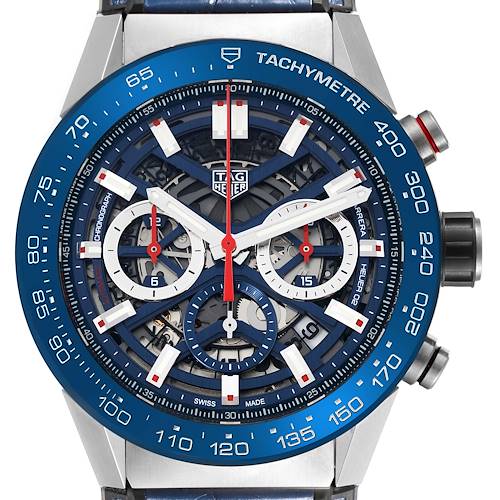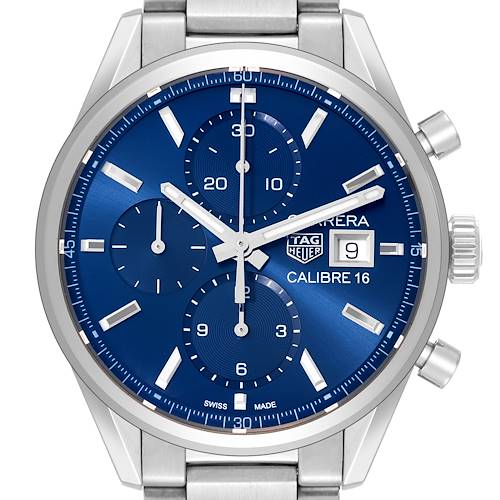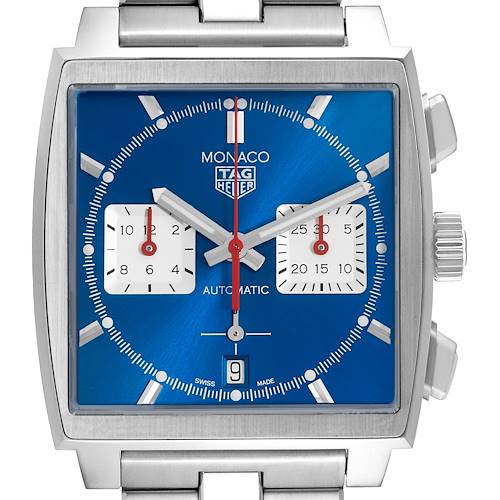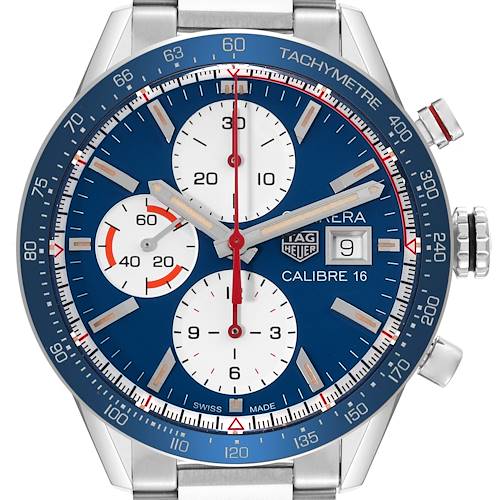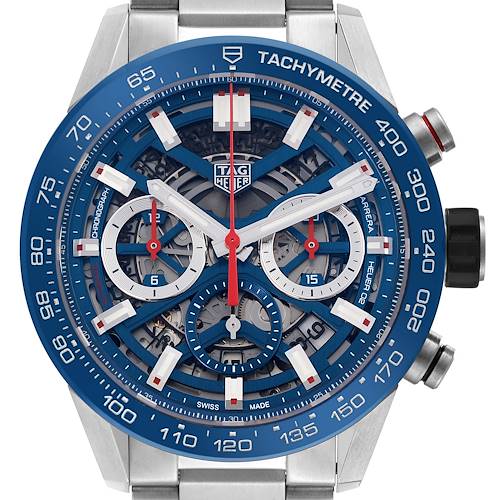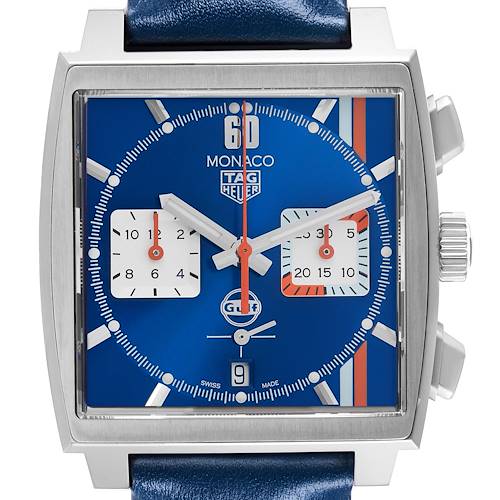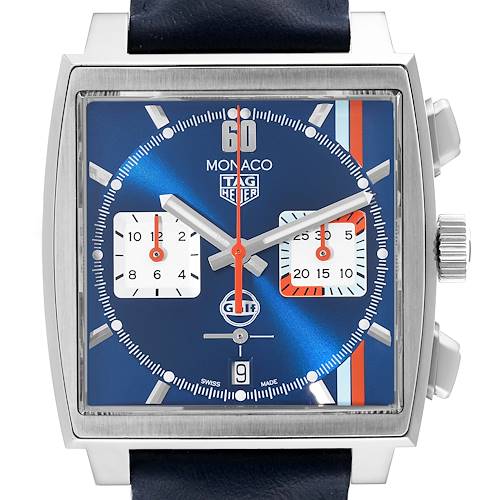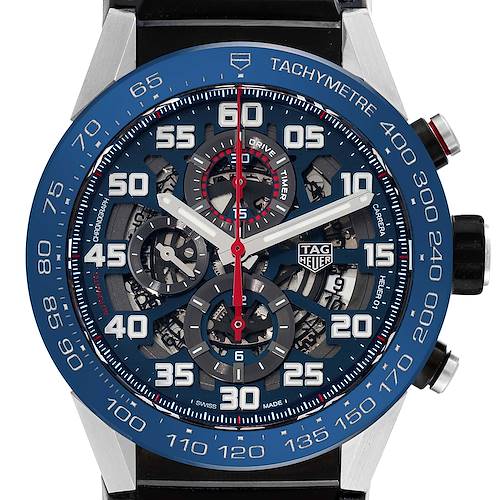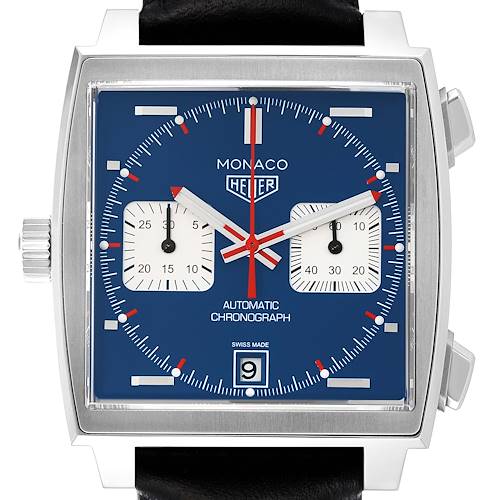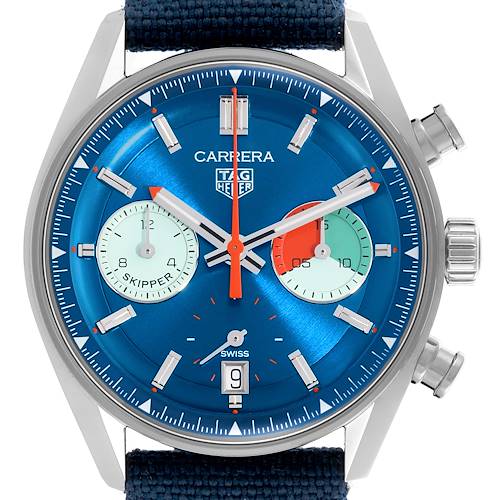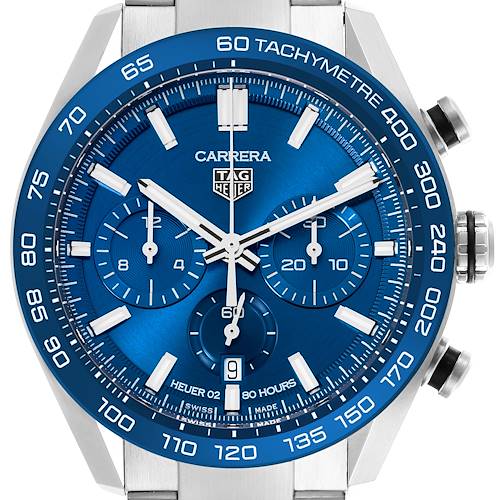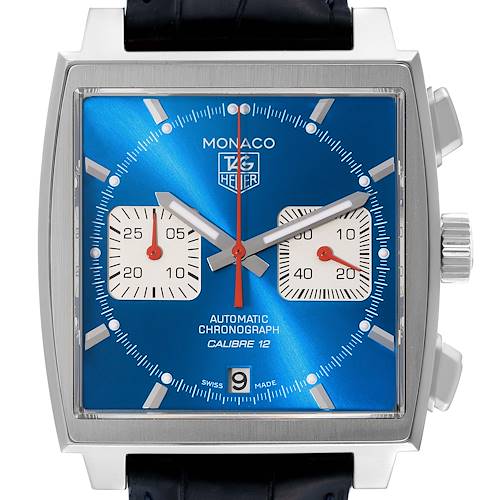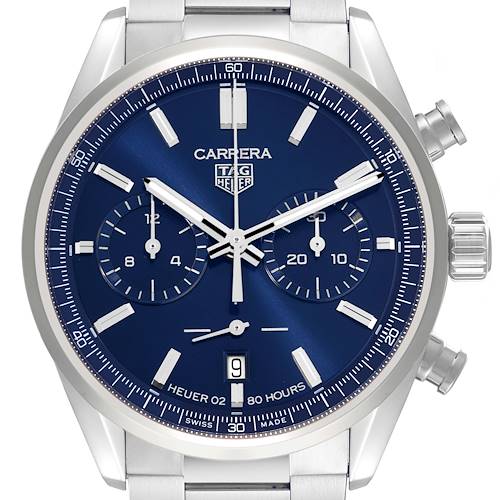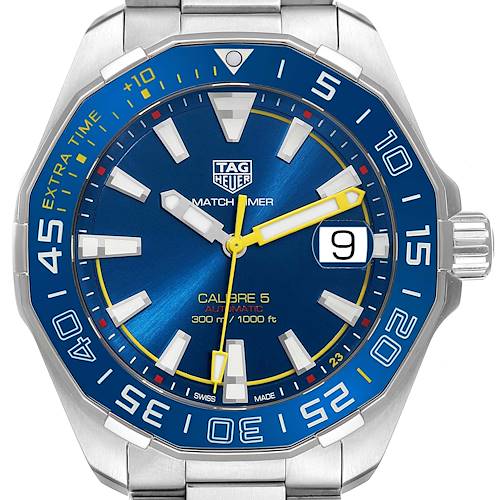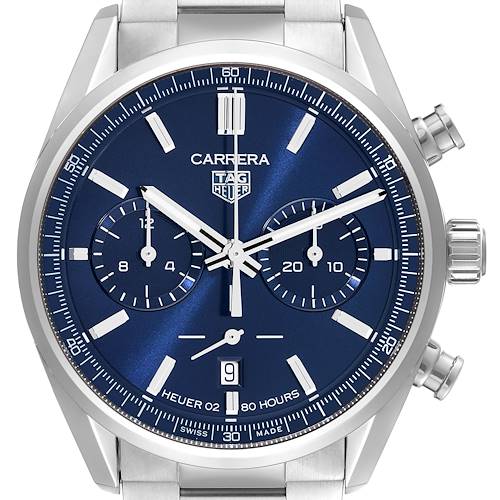- CALL US (404) 814-1814
- LIVE SUPPORT
- EMAIL US
-
WISHLIST (0)
-
CART(0)
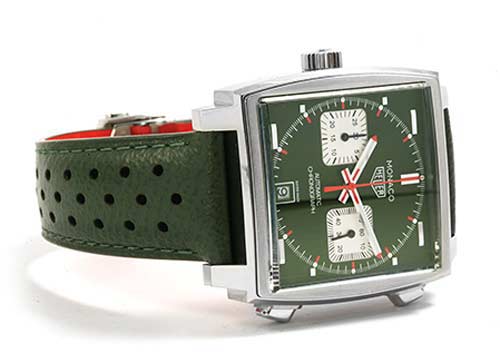
Tag Heuer Watches
20 MATCHES FOUND
Perfectly suited for individuals seeking performance and adventure, each TAG Heuer timepiece represents a legacy of innovation and excellence that has reshaped luxury sports watches for more than a century. When you wear a TAG Heuer watch, you're not just accessorizing with a timepiece; you're embracing a heritage of unparalleled accomplishment and a relentless pursuit of innovation.
TAG Heuer's illustrious history commenced in 1860 with a paramount emphasis on precision and professional timing, swiftly establishing the brand's reputation in the Motorsports domain. Noteworthy innovations include the oscillating pinion, a pioneering invention still utilized in numerous chronographs, and the debut of the world's first automatic chronographs – the Autavia, Carrera, and Monaco – which remain prominent in their current lineup.
The Carrera, unveiled in 1963, transformed the world of racing with its easily legible dial and robust construction, offering drivers unparalleled split-second accuracy in demanding conditions. Its minimalist design and practical features set a new standard for racing timepieces.
The Monaco, famously sported by Steve McQueen in the movie Le Mans, defied norms with its square case and the groundbreaking automatic chronograph movement in a waterproof watch, blending cutting-edge horological technology with an audacious, distinctive design. TAG Heuer's steadfast commitment to innovation is evident in the Aquaracer collection, purposefully designed for diving with a water resistance up to 300 meters and luminescent markers for enhanced underwater visibility. Simultaneously, recent collections like the Formula 1 cater to individuals leading fast-paced lifestyles. Moreover, TAG Heuer boldly ventured into the smartwatch arena early on with their innovative Connected series.
From timeless chronographs to avant-garde contemporary designs and refined options for women, TAG Heuer offers an extensive selection of watches suited for every occasion and preference. SwissWatchExpo showcases a diverse range of contemporary and vintage pieces reflecting TAG Heuer's legacy of precision and elegance.
How to Sell My Tag Heuer Watch
Sell or trade-in your Tag Heuer watch for the best price with SwissWatchExpo. SwissWatchExpo makes it easy to sell or trade in your used or pre-owned Tag Heuer watch to keep your luxury watch collection fresh!
Frequently Asked Questions
How Can I Tell if a Tag Heuer Watch is Authentic?
Constant innovation, quality, and excellent craftsmanship keeps Tag Heuer in its pole position as one of the big names in Swiss watchmaking. If you see any sign of imperfection on your Tag Heuer timepiece, it is likely a fake. Unfinished edges, uneven polish, misspelled text, and even wrong markings and engravings are dead giveaways.
It is always advisable to do research beforehand so you can check if the details on your watch is in tune with the model's features. To guarantee the authenticity of a Tag Heuer watch, purchase only from a reputable retailer who can provide proof of authenticity.
Do Tag Heuer Watches Hold Their Value?
Due to their heritage, reliability, and constant demand, Tag Heuer watches have excellent residual values. The chances of resale for Tag Heuer watches are typically high, thus keeping their value stable. There are Tag Heuer watches that hold their value better than others, particularly key vintage models from the Autavia, Carrera, and Monaco collections.
How Often Do I Need to Service My Tag Heuer Watch?
Your watch's service frequency will depend on how often the watch is used and how well it is stored. Tag Heuer recommends that you have your watch and its movement fully serviced every 5 years to maintain its performance and accurate timekeeping. A full service includes rigorous testing of the timekeeping accuracy and waterproofing, to see to it that your watch is in excellent shape.


